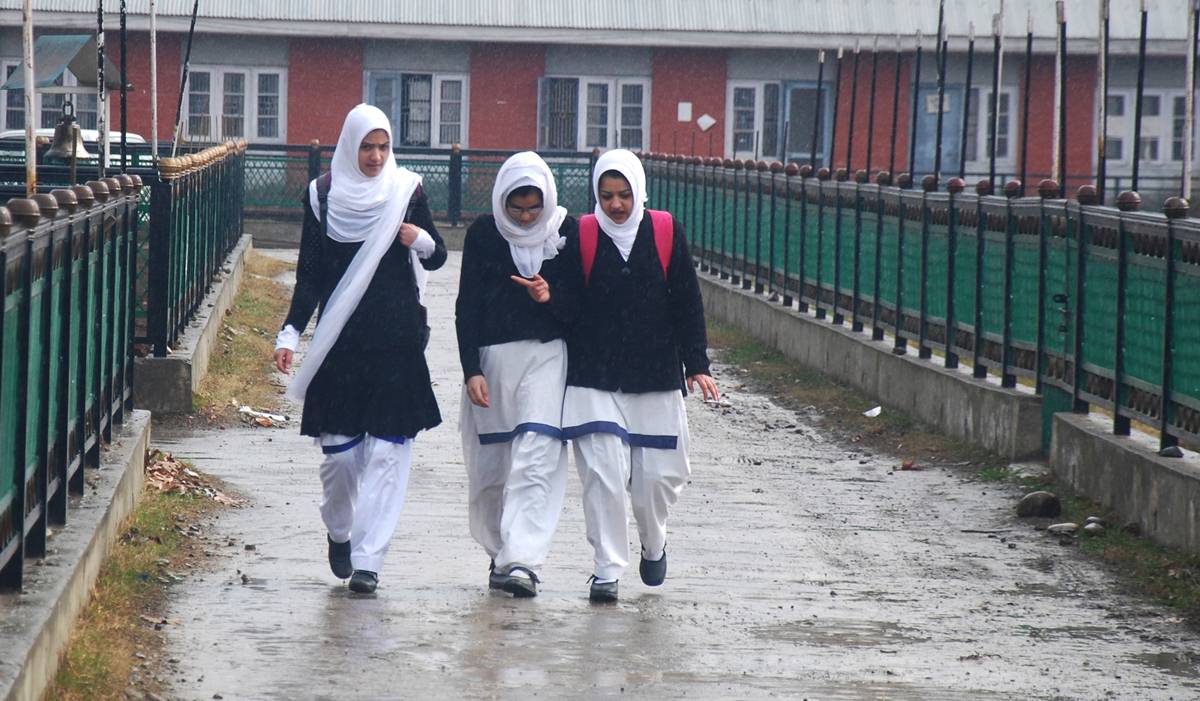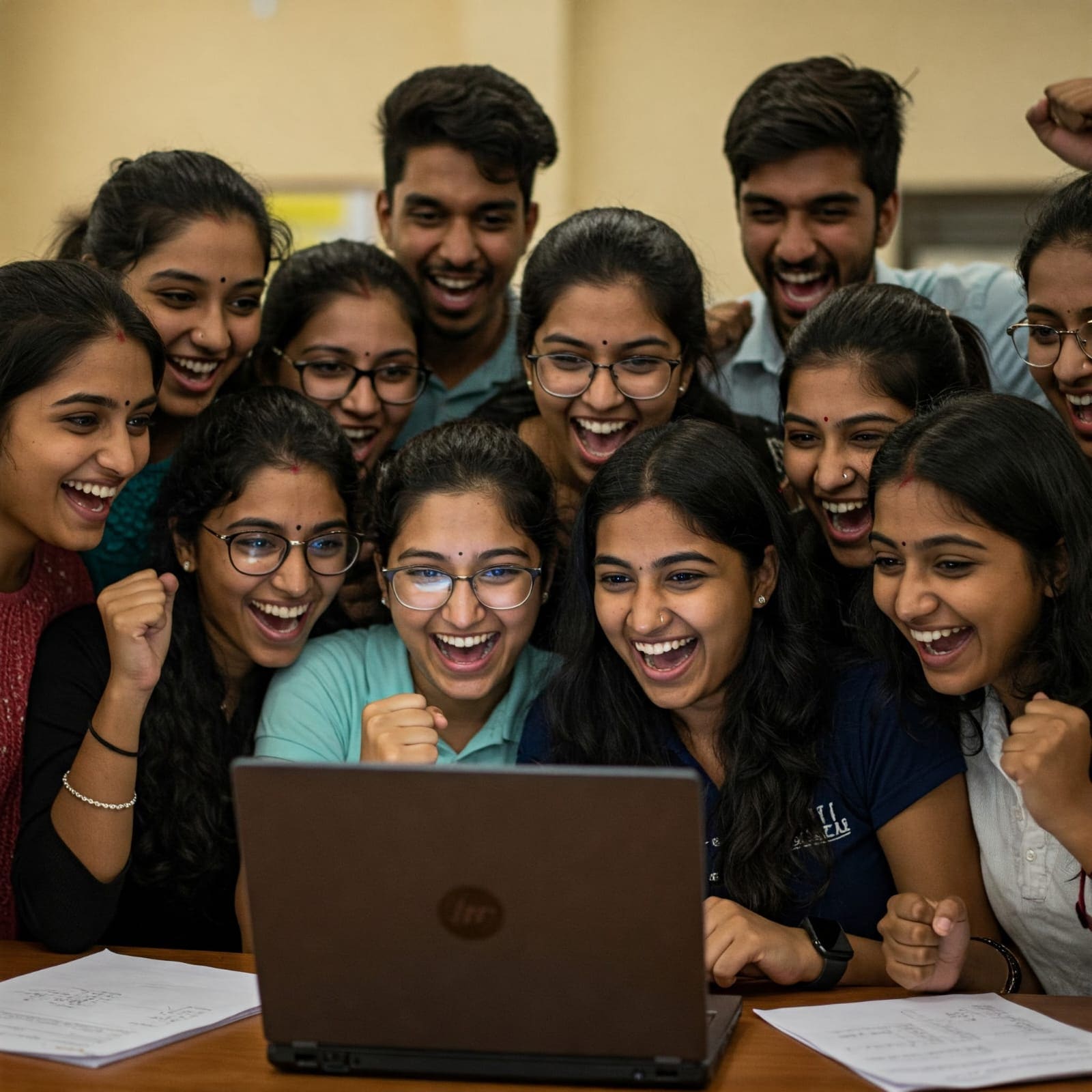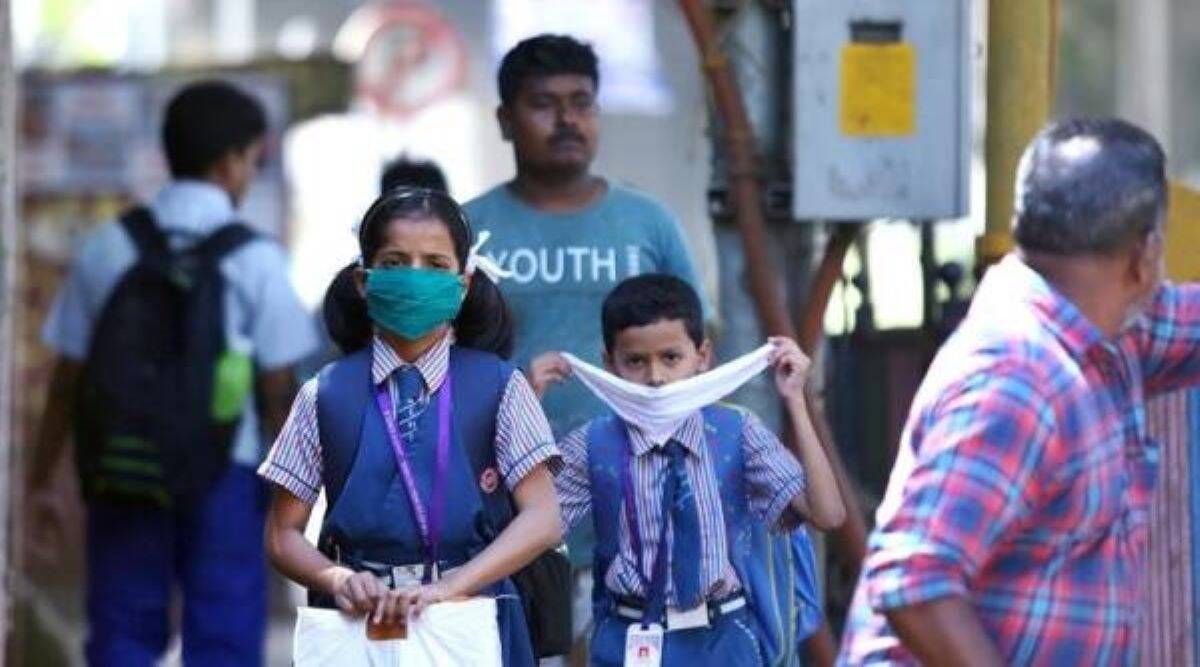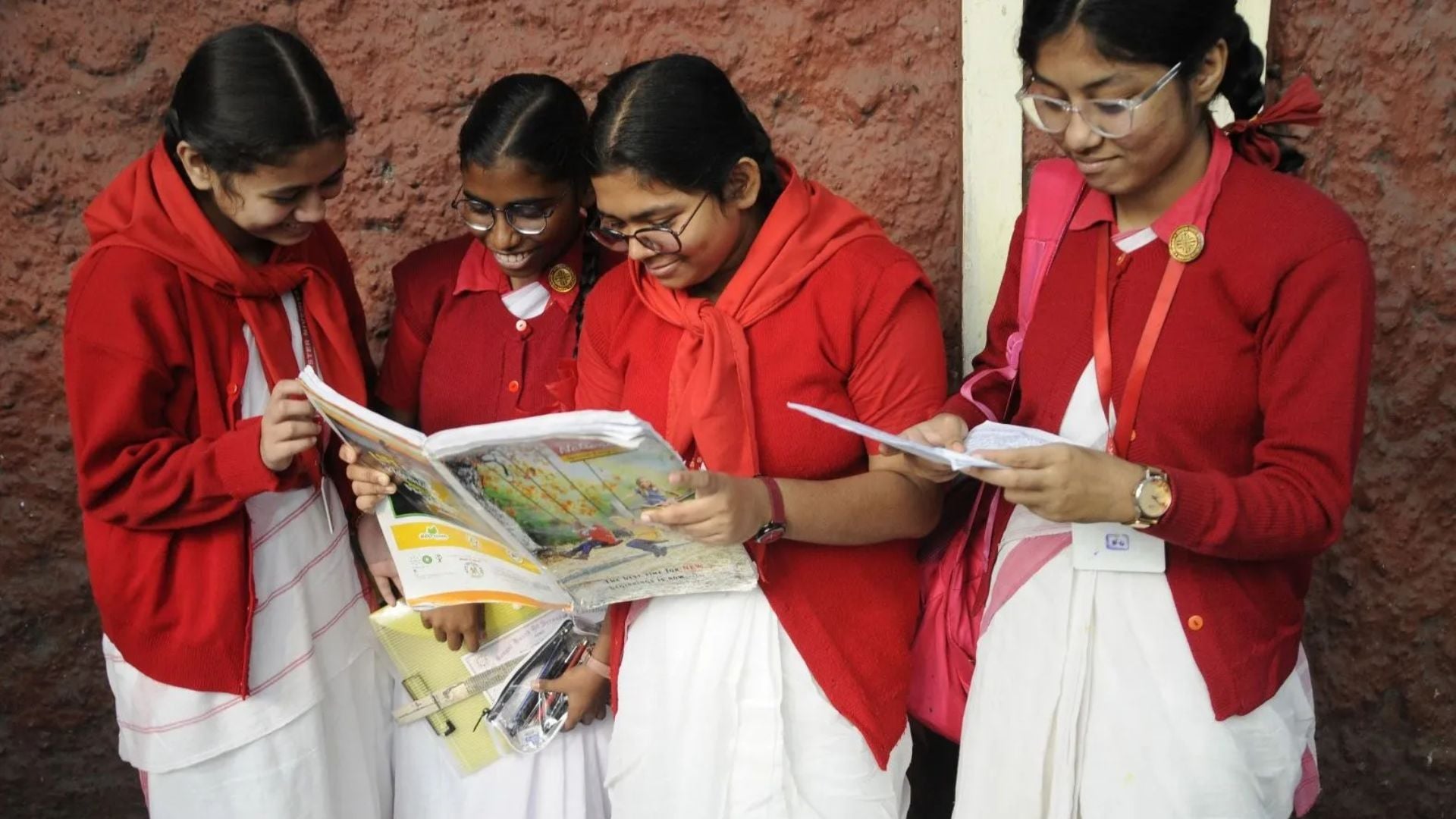The Union Territory of Jammu and Kashmir will soon have a uniform academic calendar for both Jammu and Kashmir divisions. Based on climatic conditions, the schools of the two regions so far followed the practice of having summer and winter zones and had different academic calendars. In Jammu, schools begin the new session in April-May while in the Kashmir division, students appear for final exams in October and the new session begins in November every year.
Why was the decision taken?
In a meeting chaired by J&K’s Chief Secretary Arun Kumar Mehta, it was agreed that both the divisions would have a uniform calendar as part of the implementation of the National Education Policy (NEP), 2020. Along with school education, higher education in the two divisions is also likely to witness changes as the administration has decided that all undergraduate admissions will be conducted via the Common University Entrance Exam (CUET). The move is aimed at enabling students from J&K to compete with their counterparts from other regions of the country.
Why do Jammu and Kashmir divisions have separate calendars?
The 149-year-old biannual tradition of shifting capitals between Srinagar and Jammu has continued from before Independence. Maharaja Gulab Singh, the Dogra monarch, is said to have started the tradition of shifting the capital in 1872. After 1947, the tradition was continued by J&K’s political class, as it served as a major bridge and a space for interaction between two linguistic and cultural groups from Kashmir and Jammu.
Due to different geopolitical and weather conditions, the Jammu region has followed an academic calendar much like the rest of the country, while Kashmir, mainly because of harsh winters, has followed a separate routine. In the Kashmir division, students take the final exams in October and the new session begins in November. And just after a month of classes, students have a three-month-long winter break. The schools then reopen in February.
In the future, what will the challenges be for schools and students in Kashmir?
The national spokesperson of the J&K Students Association, Nasir Khuehami, says that having an academic similar to the rest of the country in Kashmir is “impossible” as various parts of the region “are disconnected due to 4-8 feet of snow in winter months”.
“Several areas, including Uri and Gurez, are cut-off for six months due to harsh winters, and it is practically impossible for schools to function normally. In 2014, a similar initiative was implemented at the college level where institutes in Kashmir were shifted to semester-mode from yearly functioning,” he said, adding, “While I graduated in 2019 from a Uttarakhand-based university, my schoolmates who chose to study in Kashmir were then appearing for fourth-semester exams. A uniform system could not work then, and it may not work now as well.” Khuehami has a Bachelor’s degree in journalism from Hemvati Nandan Bahuguna Garhwal University.
Tariq Mir, who teaches at the Government Girls High School in Plan Bandipora, said that while the move is idealistic, “it may not yield any academic gains”. “Amid the political scenario, it is an effort to fine-tune the ideology academically and instill a sense of uniformity. Having a uniform calendar can help implement CUET and align school education to the entrance exam, but it will only reduce administrative pressure and will not improve the teaching-learning process in the Valley,” Mir told indianexpress.com.
Mir also pointed out another attempt to utilise the winter months for academic gains back in 2015. “Teachers were then asked to teach in ‘winter schools’ during the vacations, but the model failed due to the harsh weather conditions. The schools do not have the infrastructure to accommodate students when it is cold. Besides, some of the main roads are non-operational due to the snow. How do we expect the students to attend schools in such conditions?” he added.
Hadiya Hilal Pathan, a 13-year-old student at St. Joseph’s Higher Secondary School, Baramulla, said that schools in Kashmir have barely come back to normalcy after 2019 and any changes may deeply impact students’ learning journeys. “The separate academic calendars have been there due to the geographical and weather conditions. Going to school is almost impossible in the northern regions of Kashmir for several months and so is following a routine similar to the rest of the country,” said the Class 7 student from Binner, a small village located in Baramulla.
What are the advantages of the decision?
Students in Kashmir who passed out in November often lost out on the opportunity to appear for many major entrance exams such as JEE Main, NEET, and CLAT, which are scheduled between February and June. The J&K administration is proposing a uniform calendar as a way to provide a level-playing field for the youth in Kashmir.
Eighteen-year-old Faheem Farooq Mir from Baramulla graduated from high school in 2021 and is now awaiting admission to an undergraduate programme. “The region has been transformed into one single UT, so the school calendars must also be synced. It will help ease students’ problems of securing admission in degree courses as the process will be conducted uniformly across the country,” has Faheem said, adding that the administration must allow students to attend schools in casual clothing such as Pheran, which “is warmer than the school uniform” in areas where travelling is possible.
!function(f,b,e,v,n,t,s)
{if(f.fbq)return;n=f.fbq=function(){n.callMethod?
n.callMethod.apply(n,arguments):n.queue.push(arguments)};
if(!f._fbq)f._fbq=n;n.push=n;n.loaded=!0;n.version=’2.0′;
n.queue=[];t=b.createElement(e);t.async=!0;
t.src=v;s=b.getElementsByTagName(e)[0];
s.parentNode.insertBefore(t,s)}(window, document,’script’,
‘https://connect.facebook.net/en_US/fbevents.js’);
fbq(‘init’, ‘444470064056909’);
fbq(‘track’, ‘PageView’);








